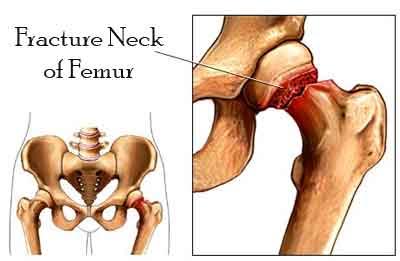- Home
- Editorial
- News
- Practice Guidelines
- Anesthesiology Guidelines
- Cancer Guidelines
- Cardiac Sciences Guidelines
- Critical Care Guidelines
- Dentistry Guidelines
- Dermatology Guidelines
- Diabetes and Endo Guidelines
- Diagnostics Guidelines
- ENT Guidelines
- Featured Practice Guidelines
- Gastroenterology Guidelines
- Geriatrics Guidelines
- Medicine Guidelines
- Nephrology Guidelines
- Neurosciences Guidelines
- Obs and Gynae Guidelines
- Ophthalmology Guidelines
- Orthopaedics Guidelines
- Paediatrics Guidelines
- Psychiatry Guidelines
- Pulmonology Guidelines
- Radiology Guidelines
- Surgery Guidelines
- Urology Guidelines
FICB Safe & effective in hip and proximal femur surgeries

Fascia iliaca compartment block (FICB), a local anaesthetic nerve block are effective in patients of hip and proximal femur surgeries. This was the conclusion of a recent study that was conducted by Doctors at the Department of Anesthesiology, P. D. U. Medical College, Rajkot, Gujarat, India to assess analgesic effect of FICB for positioning for spinal anaesthesia.
Long bone fractures are very painful. The definitive management of most fractures is operative intervention. Preoperative analgesia is required to manage distress associated with fracture reduction and traction. In the elderly population, fractures of the femur commonly affect femoral neck, intertrochanteric or subtrochanteric area of the femur, which often also involve the hip joint. The spectrum of femoral fractures is wide and ranges from nondisplaced femoral fractures to severe comminuted fractures.
These fractures are almost always associated with significant soft-tissue injury, causing severe pain to patients. Regional anesthesia is most frequently given for surgical intervention for fracture femur. Patient positioning to perform a spinal blockade causes severe pain. Adequate pain relief before administrating spinal blockade will increase patient's cooperation. These patients require analgesia for positioning for the spinal block, which can be provided in the form of systemic analgesics, local anesthesia, or femoral nerve blocks (FNBs).
FICB produces a more intense analgesic effect than intravenous (IV) administration of opiates when given to facilitate the sitting position for spinal anesthesia in patients undergoing surgery for femoral neck fractures. It is devoid of side effects associated with systemic analgesics, such as nausea, vomiting, urinary retention, itching (associated with opiates) and epigastric pain, nausea, headache, dizziness, and rash (associated with nonsteroidal anti-inflammatory drugs [NSAIDs]). Complications of FICB (i.e., local anesthesia toxicity) are rare.
"This study primarily aims to assess efficiency of 'Fascia Iliaca Compartment Block' for providing analgesia to hip and proximal femur fractures. But this block can be used safely to provide adequate analgesia in anterior and lateral thigh region for injury &/or procedures of superficial as well deep structures," Dr Nirav Jentilal Kacha, lead author of the study told Medical Dialogues team.
The doctors conducted a randomized, double-blind, controlled prospective study that included 100 patients of the American Society of Anesthesiologists physical statuses I to III, of either sex, between 30 and 90 years, posted for hip or proximal femoral surgery, with visual analogue scale (VAS) >3 in preoperative period. The two groups were assigned randomly.
In Group 1, FICB was given half an hour before shifting the patients in operation theater with 30 ml of 0.25% ropivacaine, and in Group 2, sham block was given with 30 ml normal saline. Each group included 50 patients. Thirty minutes after FICB, spinal anesthesia was given and patients' vitals were monitored before and after block, at the time of positioning for spinal anesthesia, intraoperative and postoperative periods.
In Group 1, mean VAS before FICB was 8.02 which reduced to 2.28, which is statistically significant whereas in Group 2, mean VAS before sham block was 7.98 which reduced to 7.90, which is statistically nonsignificant. Mean total duration of analgesia in Group 1 was 428.3 min after spinal anesthesia, whereas in Group 2, mean total duration of analgesia was 240.1 min.
Based on the study, the researchers concluded that FICB used for hip and thigh, effectively provides analgesia for positioning for spinal anesthesia to patients in the hip and proximal femur surgeries and it also provides analgesia in a postoperative period without having a significant alteration in the hemodynamic profile of patients. The study has been published in the Indian Journal of Orthopaedics.
For further information click on the link: http://www.ijoonline.com/text.asp?2018/52/2/147/226714

Disclaimer: This site is primarily intended for healthcare professionals. Any content/information on this website does not replace the advice of medical and/or health professionals and should not be construed as medical/diagnostic advice/endorsement or prescription. Use of this site is subject to our terms of use, privacy policy, advertisement policy. © 2020 Minerva Medical Treatment Pvt Ltd